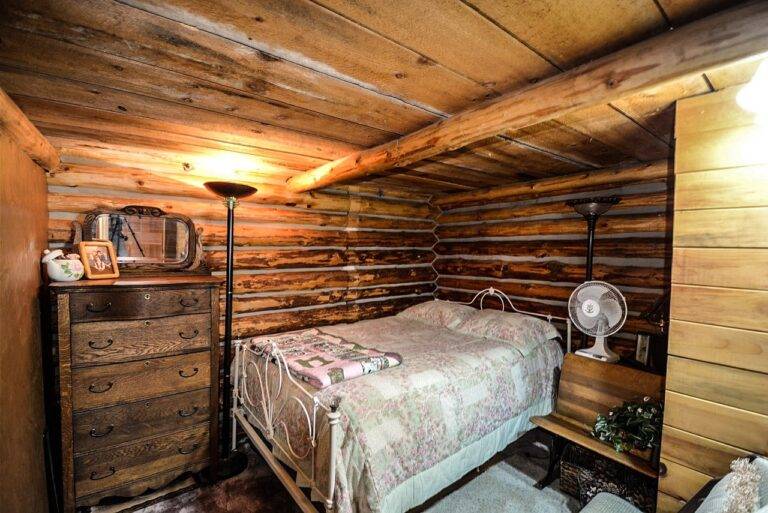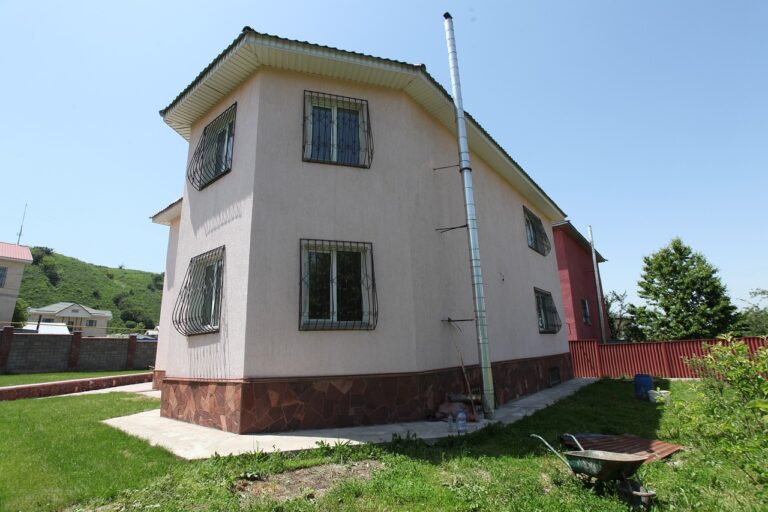Maximizing Natural Ventilation in Your Home: Design Strategies
When planning the layout of your home, consider the placement of windows and doors to maximize natural ventilation. Strategically positioning these openings will allow for the easy flow of fresh air throughout the space, reducing the need for artificial cooling methods. Additionally, incorporating features such as operable windows and skylights can enhance the circulation of air, promoting a healthier indoor environment.
Furthermore, selecting building materials that have high thermal mass, such as stone or brick, can help regulate indoor temperatures by absorbing and releasing heat more gradually. This can contribute to a more comfortable living environment year-round, reducing the reliance on air conditioning or heating systems. By prioritizing natural ventilation in the design of your home, you can create a more sustainable and energy-efficient living space that benefits both your well-being and the environment.
Understanding the Importance of Natural Ventilation
Natural ventilation is a crucial element in ensuring a healthy and comfortable living environment within a home. By allowing fresh air to circulate throughout the space, natural ventilation helps to reduce indoor pollutants and improve overall air quality. This can have a positive impact on the well-being of the occupants, contributing to increased productivity and a sense of well-being.
In addition to promoting better air quality, natural ventilation also plays a key role in reducing the reliance on mechanical cooling systems, thus lowering energy consumption and costs. By harnessing natural airflow and cross ventilation techniques, homeowners can regulate indoor temperatures more effectively, leading to a more sustainable and eco-friendly living space. Incorporating natural ventilation strategies into the design of a home can not only enhance comfort levels but also promote a healthier and more environmentally conscious lifestyle.
Incorporating Cross Ventilation for Optimal Airflow
Cross ventilation is a simple yet effective method to ensure optimal airflow throughout your home. By strategically placing windows on opposite sides of a room, you can create a pathway for fresh air to enter and stale air to exit. This natural ventilation technique can help regulate indoor temperatures, reduce the need for mechanical cooling systems, and improve overall air quality.
When incorporating cross ventilation into your home design, it is important to consider the layout and orientation of your space. Positioning windows or vents at different heights can enhance the airflow by creating a natural circulation effect. Additionally, using window treatments that can be easily adjusted to control the flow of air can further optimize the benefits of cross ventilation. By harnessing the power of cross ventilation, you can enjoy a more comfortable and healthier living environment without relying solely on artificial cooling methods.
• Cross ventilation is a simple and effective method for optimal airflow
• Strategically placing windows on opposite sides of a room creates a pathway for fresh air to enter and stale air to exit
• This natural ventilation technique can regulate indoor temperatures, reduce the need for mechanical cooling systems, and improve overall air quality
• When incorporating cross ventilation into home design, consider layout and orientation of space
• Positioning windows or vents at different heights can enhance airflow by creating a natural circulation effect
• Using window treatments that can be easily adjusted helps control the flow of air and optimize benefits of cross ventilation
• By utilizing cross ventilation, you can enjoy a more comfortable and healthier living environment without relying solely on artificial cooling methods
What is cross ventilation and how does it work?
Cross ventilation is the process of using strategically placed windows, doors, and vents to allow fresh air to flow through a space. This creates a breeze that helps to cool down the area and improve air quality.
Why is natural ventilation important in a home?
Natural ventilation helps to reduce the need for artificial cooling systems, which can save energy and reduce utility costs. It also helps to improve indoor air quality by bringing in fresh air and removing stale air.
How can I design my home with natural ventilation in mind?
When designing your home, consider the layout and placement of windows, doors, and vents to maximize airflow. Opt for windows that can be opened easily and strategically place them to encourage cross ventilation.
What are the benefits of incorporating cross ventilation for optimal airflow?
Incorporating cross ventilation can help to regulate indoor temperatures, reduce the need for air conditioning, and improve overall comfort in your home. It can also help to reduce humidity levels and prevent the buildup of stale air.
Are there any drawbacks to relying on natural ventilation?
While natural ventilation can be effective in most climates, it may not be sufficient during extreme weather conditions. In these cases, it may be necessary to supplement with artificial cooling or heating systems.







